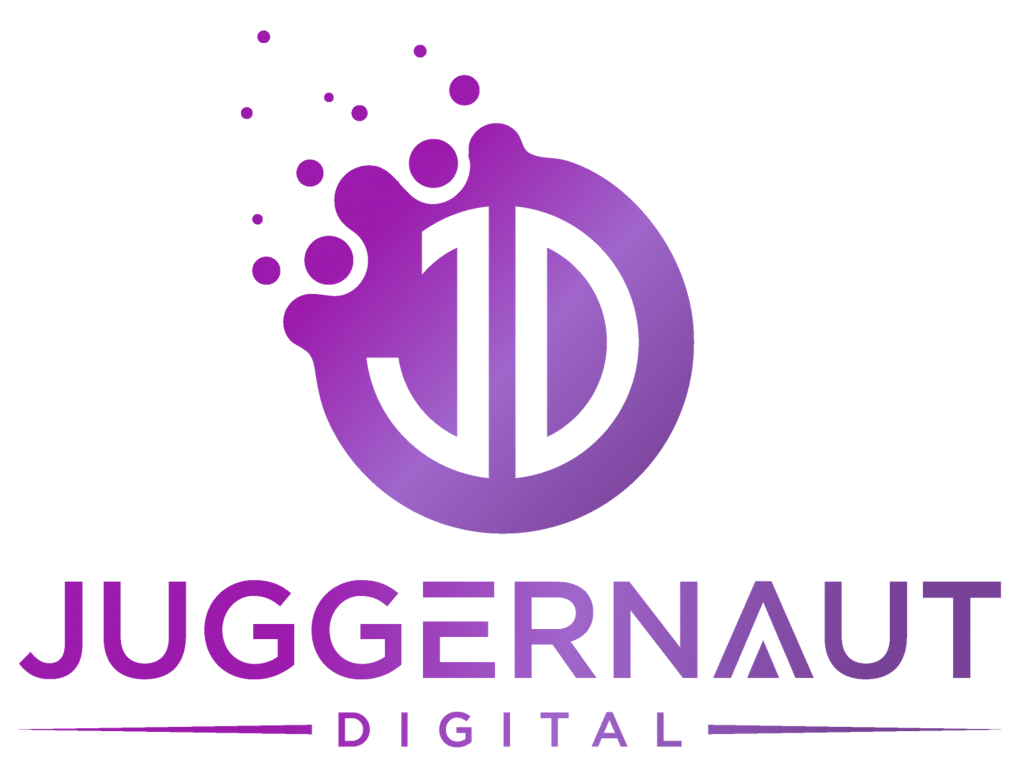Website Design Cost in 2023
Summary of Website Design Costs in 2023
“It depends” – This is going to be your answer. What makes up the cost of a website is not only the way it ‘looks’, but how it works as part of a larger functionality.
If you want your website to do more than look pretty, for example, if you need a custom online quiz system, or the website needs to integrate with an API to handle bookings, then this is all going to factor into your website design quote.
The cost estimator at the top this page runs through a simplified process of what our project managers will look at when pricing up a website, and is a really good tool for getting an idea without talking directly to a website project manager.
If you’re still in early stages and need a rough idea, here is a rough guide of our prices with different levels of functionality:
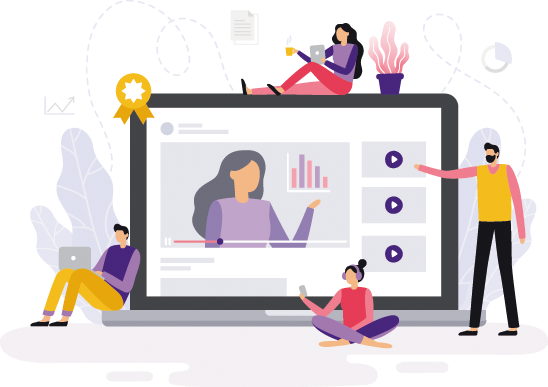
Just hit the “GET WEBSITE COST” button below, answer a few questions about your website design requirements and our team will email your a detailed website design cost that is specific to your requirements.
Pricing Breakdown
-
Approx £7,500 - 10,000 | Project timeline of 8-12 weeks
Interactive Website
- Includes all features of small business website.
- Usually for unique or luxury brands or those aiming for unique web presences.
- Includes a researched and optimised user journey.
- Features interactive/animated effects that react when the user loads or interacts with the site, scroll effects, mouse parallax, custom video animated elements etc.
- Creates a 'wow' factor, better user engagement, and a memorable online experience.
-
Approx £10,000 - 15,000 | Project timeline of 8-12 weeks
Ecommerce
- Includes all features of small business website.
- Can support a range of payment online solutions including subscriptions, credit/debit cards, and Apple/Android pay.
- A range of shipping models (including drop shipping).
- Built on ecommerce management system (CMS) with complete control of your store & products.
- Can list up to 10,000's products/categories.
-
Approx £25,000 - 100,000 | Project timeline of 12-26 weeks
Custom web application
- A web application with high level of required functionality.
- These can include login systems, a online booking system, directory listing system, comparison site, etc.
- These types of sites are usually complex and require a high level of development consideration.
-
Approx £20,000 - 100,000 | Project timeline of 12-26 weeks
Enterprise level website
- Includes all features of smallbusiness/interactive website.
- Ideal for larger corporations or enterprises that require large, well thought out and highly optimised websites.
- Usually with multiple locations & possibly multi language.
- These sorts of site usually come with a in-depth brief, extensive brand guidelines and ambitious goals.
Preparation
Plan it out
Brief
Plan it out
Domain/Company Name
Getting The Copy Ready
Content
Brand Identity
Logo and Branding
How will it look?
Associated Design
Your company logo and branding forms the foundation of your website and company as a whole. It’s important to recognise that these are two completely separate things.
Your website is the channel through which your logo and branding is ultimately presented, so you will of course need these things in place prior to beginning the process of designing and developing your site.
If you’re designing a website then you’re going to need a logo.
Generally speaking, your logo will set the colour scheme and typography for the website, assuming your logo contains text.
There are several ways you can go about obtaining a logo:
- The cheapest and quickest way is to purchase a basic logo template online. However this is not an option we ever recommend, given the lack of originality and rationale. It’s also likely to still need editing after you’ve bought it.
- You could hire a freelance designer, which will set you back around £100-400. This can be a great option if you have a freelancer you know and trust to do a good job.
- You can have your logo designed by the company designing your website. As it’s such a vital element of your website design, most website design agencies will offer a logo design service, coming in at around £500-700. Although this is the most pricey option, we believe it’s well worth the investment, given that it’s the only option guaranteed to leave you with a future-proof logo design that you love.
There’s a big difference between a logo design and branding.
Branding dives into the psychology of colours and words, exploring your competitors and your company’s messaging to determine the overall look and feel of your brand.
You’ll want to carefully consider how much time, effort and resources you need to put into your branding to build your company's presence at this stage. A small start up for example, may look at launching with just a logo in place, opting to explore their branding as their company grows. Whereas for a high value venture, we would highly recommend acquiring a detailed brand strategy and identity, before pressing forward with a website.
Branding services can cost anywhere from between £100 for a basic package. All the way up to 10,000+ for a more premium service.
Additional design elements to consider:
- If you’re starting a business from scratch, you're likely to need printed materials designed, such as Business Cards, Letterheads, Comp Slips, Brochures etc.
Social Media
- If you’re marketing your business through social channels, you’re going to need your logo resized appropriately for each platform, along with profile and cover images to promote your brand.
Newsletters
- Depending on your level of requirement or the type of email marketing you’re looking to carry out, you may require design for bespoke email templates, as well as e-brochures or PDFs.
Pricing for these elements is obviously highly dependent on your individual requirement. As an agency we commonly design a number of these under our standard hourly rate of £65+vat per hour. Or in cases where a lot of additional design work is required, this may be quoted as a single price at a reduced hourly rate.
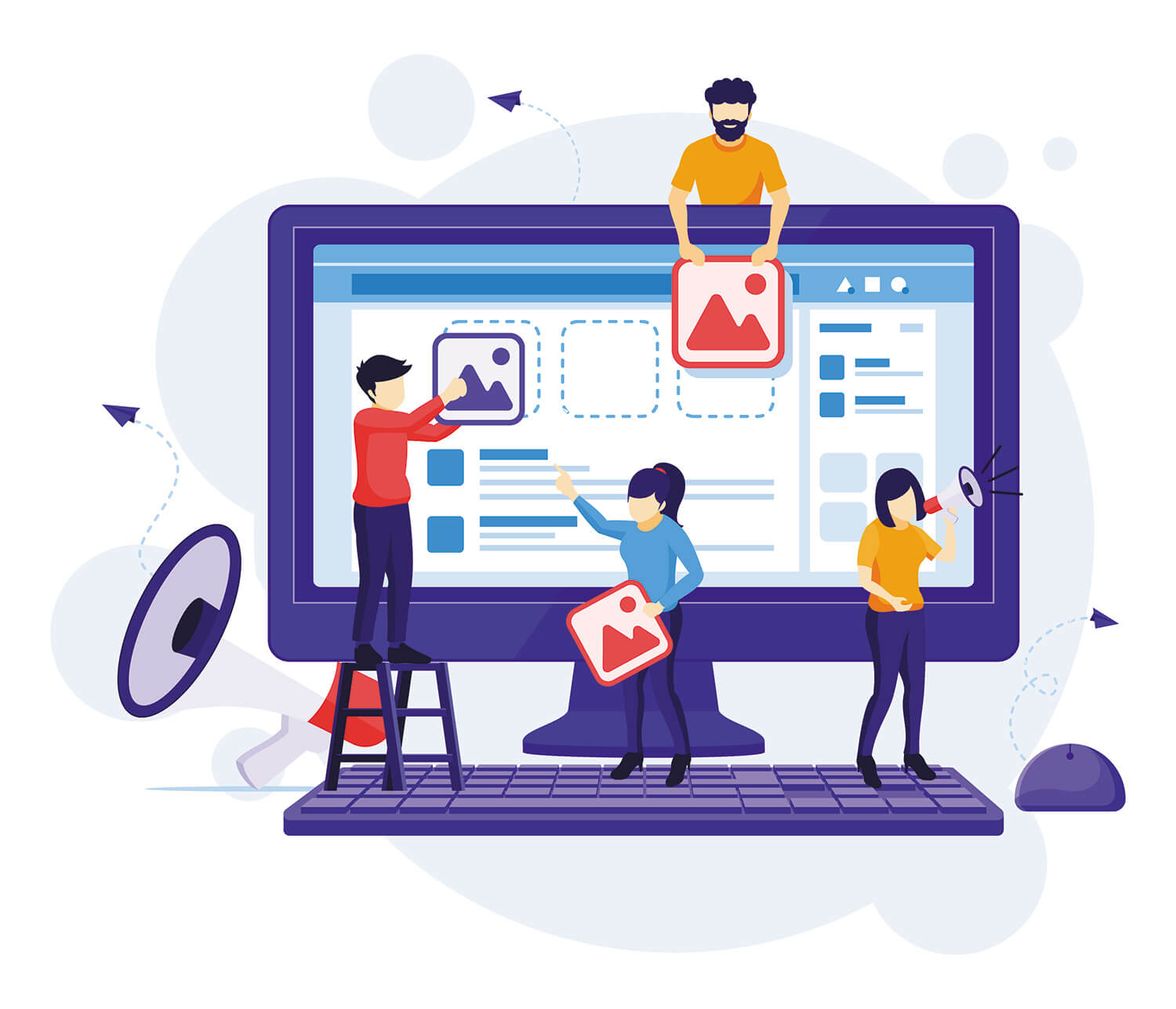
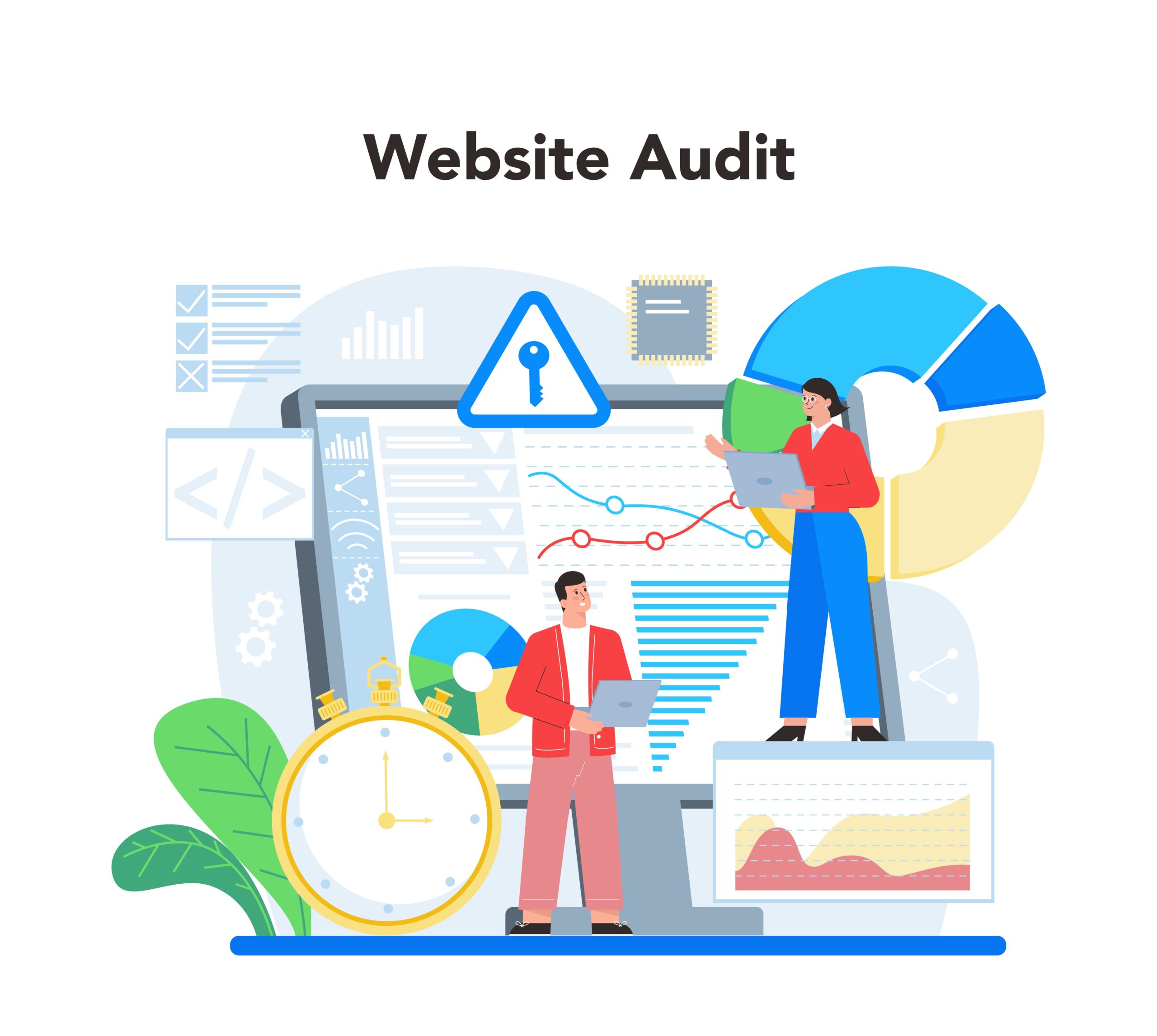
Stages of Website Design
The costs involved in building a website are very much dependent on how and who you choose to build it. The bottom line is - if you want a website built properly, then you’ll need to hire a web agency to do it for you.
An agency will work across a phased process, such as the 7 phase process we follow. The timings of each phase will depend on the budget and complexity of the build.
In the first stage, our Designers and Project Manager perform discovery to plan and inform the subsequent phases of the project.
Areas include, but are not limited to:
- Identify demographics for targeting.
- Research the current website and the limitations/scope of design.
- Understand the tasks users will carry out on the site.
- Understand any marketing funnels and engagement statistics.
- Mapping of pages (sitemap & structure).
- Review content for pages where applicable.
- Identify demographics for targeting.
- Identify any value proposition.
- Analytics data – device statistics, mobile first design, etc.
- Create a redirect policy.
- Analyse user behaviours.
- SEO initial review.
Once the discovery process is complete and the wireframes have been agreed and signed off, we draw on the information gathered to determine the look and feel of the website, creating a design prototype in photoshop.
The homepage is created first and once signed off will form the design basis for the remaining sub pages of the site.
These are then delivered via the Invision system, which allows the client to comment on any revisions that may be required. Communication is vital at this stage of the project, in order to ensure the final site design is in line with the client’s requirements, taste and branding.
A dedicated design process is one of the key areas you miss out on when using a website builder.
During this phase, the graphic elements from the final design prototype are used to develop the actual functional, digital version of the site.
Similar to the design process, the homepage will be developed first, followed by the sub pages. Once the front end of the site has been developed, the back-end will be coded onto the CMS and the website is then ready to be populated with content.
Elements such as interactivity, contact forms, ecommerce and so on, are all made functional during this stage.
You’re unlikely to see SEO or online marketing as an associated cost on most articles about the cost of a website, but it’s an incredibly important thing to consider.
Marketing
Promote Your New Website
You’re unlikely to see SEO or online marketing as an associated cost on most articles about the cost of a website, but it’s an incredibly important thing to consider. After all, what’s the point of a website without an online presence?
If you don’t know what SEO stands for, then you’re probably not ready to build a website. SEO isn’t technically required to build a website, but without a level of SEO your website will have no/little visibility online.
If you’re planning on handing out business cards or brochures with your website address, or you’re going to be relying on people searching for your brand name on Google (provided it’s unique) then you don’t have to worry about SEO. It’s very likely that this is not the case, and you’re going to be relying on people searching for terms such as ‘accountants Surrey’ to find you online. “Build it and they will come” simply isn’t how it works anymore - SEO is something you need to consider if you’re serious about your online presence.
You’ll usually find that SEO is only considered after the website has been created, which isn’t ideal as it means that your website will not be prepared to rank in search results, or worse, the structure you have decided upon may actually be detrimental. As such, you need to be prepared and be ready to consider SEO as an important associated cost of a new website.
If you’re considering a website builder, it’s likely that this will already be well optimised in terms of technical optimisation (loading speed, etc). However, you will need to consider things like keywords, on page content, and how you’re going to lay your site out to accommodate SEO. Website builders will typically provide tools within the website, which will help you to achieve a very rudimentary level of SEO. These rely on a pre-existing knowledge of SEO - which takes years to learn how to do properly.
Freelancers and agencies, on the other hand, are more capable of taking care of your SEO for you. If you’re serious about your rankings, you’ll need to consider an SEO company, SEO freelancer, or a website agency that offers SEO such as Creative Brand Design.
These ads come in many forms, the most popular ones being Google Ads and social ads including Instagram, Facebook, and LinkedIn.
Time should be spent determining which platform you’d be best placed for, e.g. whether you should be advertising on Instagram or LinkedIn (or both) to reach your target audience and demographic. You'll also need to consider the expense of the ad creatives/graphics, as well as the cost per click/impression charged separately by the advertising platform.
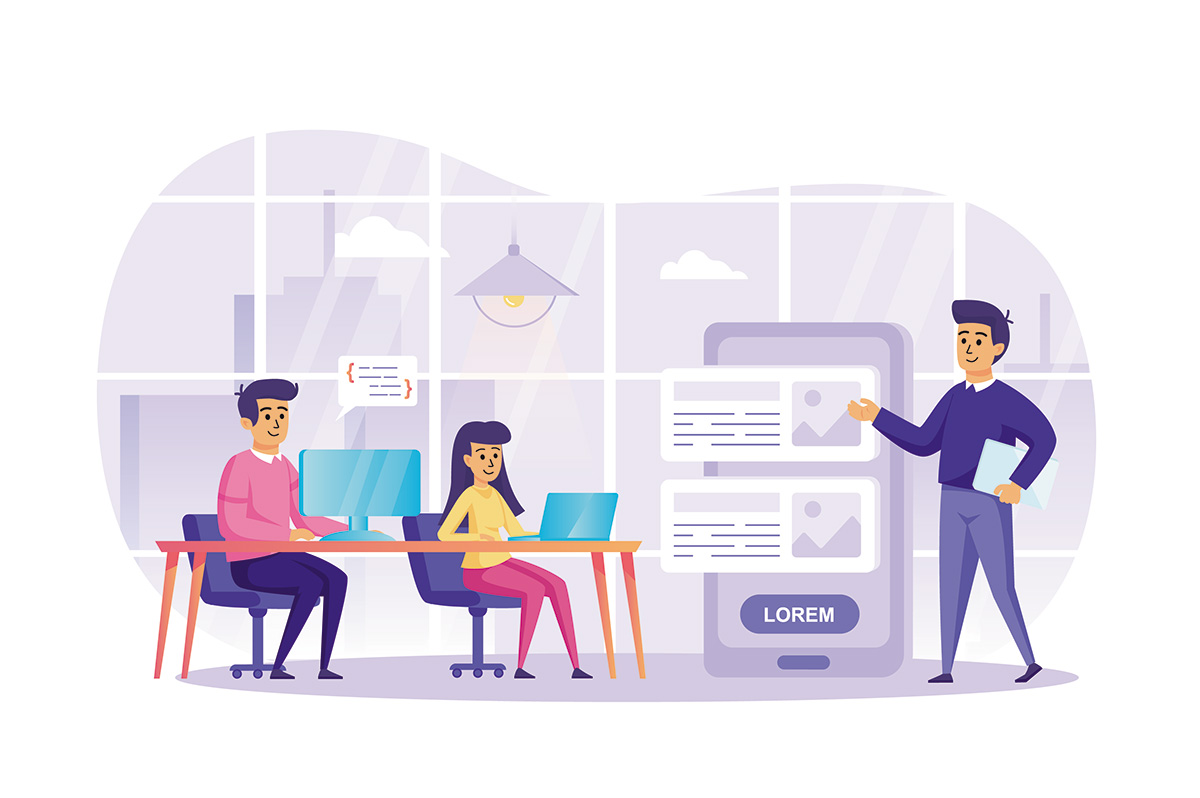
Website Design Cost Calculator
Simplified
Hosting
-
£5-20 per month
Shared website hosting
This is the cheapest form of entry level hosting, you’ll be sharing a hosting space and resources with many other site, which comes with it’s pros and cons.
The cons are limited resources and availability, meaning in turn that they are the least powerful. They are also more likely to be targeted by bots and hacking, as shared hosting tends to be less secure and an easier target.
The pros are that it is cheap and accessible, making it a good solution for small websites, with a lower budget, receiving around 500-1,000 sessions per month.
-
£30 - 90 per month
VPS
Virtual Private Server - ‘virtually’ private hosting, which essentially means you’re given your own hosting space inside a larger server, which is broken down into 20-30 small VPS's.
A VPS gives you additional flexibility, available storage, and allows you to harden your hosting by having it configured for additional security.
Additionally, there are much more resources and power available to you, as well as root access.
A VPS will be tend to be able to deal with higher sessions, have additional memory allocation, and may allow your website to load quicker (depending on how your site has been built).
-
£200-500 per month
Dedicated server
A dedicated server is essentially an entire server in a data centre. You can opt for a managed or unmanaged service.
With a managed service, you’ll have someone running your hosting for you, ensuring things are patched, running smoothly and kept up to date and secure. With an unmanaged service, you’re left to sort these things out on your own.
Dedicated servers are required for websites with a great deal of traffic, very heavy web applications or incredibly large websites receiving 10,000's of sessions a month.
Unmanaged dedicated servers start at around £200 per month, whereas for a managed dedicated server you can expect to pay from £400 to thousands per month.
Whilst they offer a large amount resources and flexibility, they’re also costly and can require a great deal of maintenance.
-
£POA
Cloud
With Cloud hosting you don’t have a set space available to you, but rather you’ll essentially be pooling resources from lots of different locations as and when you need them.
The pros? It’s extremely flexible, as you pay per usage. Making it the perfect solution for those starting small and looking to expand. It’s also ideal for those who experience large, but predictable, peaks and troughs in monthly sessions.
On the flip slide, whilst pay per usage can be a positive, it can also be unpredictable. For example, if you get a sudden influx of unexpected, not relevant traffic you’ll likely be receiving a large bill at the end of the month. It’s can also complex and requires a lot of technical set up, meaning it’s likely you’ll need to pay a professional to do it for you.
Prices for Cloud hosting tend to vary greatly depending on the level of set up and support required, as well as the monthly usage.
-
£70 - 2,000(+) per month
Managed hosting
You'll likely pay a premium for managed hosting, as it means all the hard work in maintaining the server, its software and ensuring the site is kept secure are managed by a third party host or web agency.
Managed hosting is a good option if you’re not tech savvy and the security & performance of your site is critical to you.
In most cases a managed hosting provider will offer a SLA and a high level for support should you experience any issues in the running of your site.
We would typically advise managed hosting wherever possible.
-
£5 - 25 per email address, per month
CDN
Content Delivery Network - A CDN can help to boost your website’s loading time by delivering your sites content from multiple servers and locations, reducing latency and speeding up first byte time.
A CDN can also help with optimising images as they’re loaded, which can be a really useful tool for those unskilled in re-sizing imagery appropriately for their website.
Free - £200 Per monthEmail Hosting
Your email hosting needs to be considered, and with a reputable provider, in order for you to avoid running into deliverability issues. In our experience, the best providers tend to be either Google Apps or Microsoft Exchange.
Email hosting is completely separate from your website design, however, given access to the domains DNS is required for web hosting, it often comes hand in hand.
